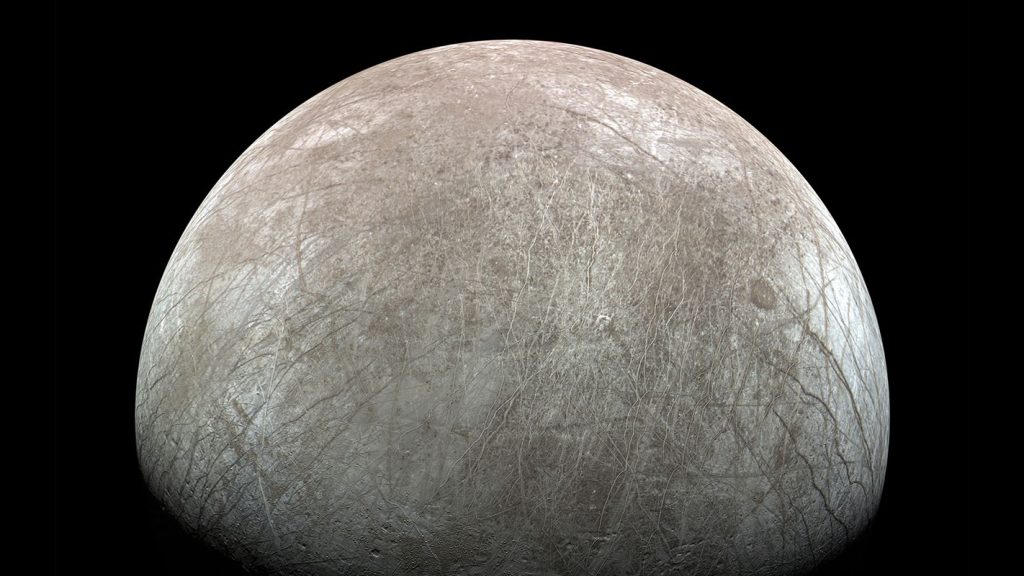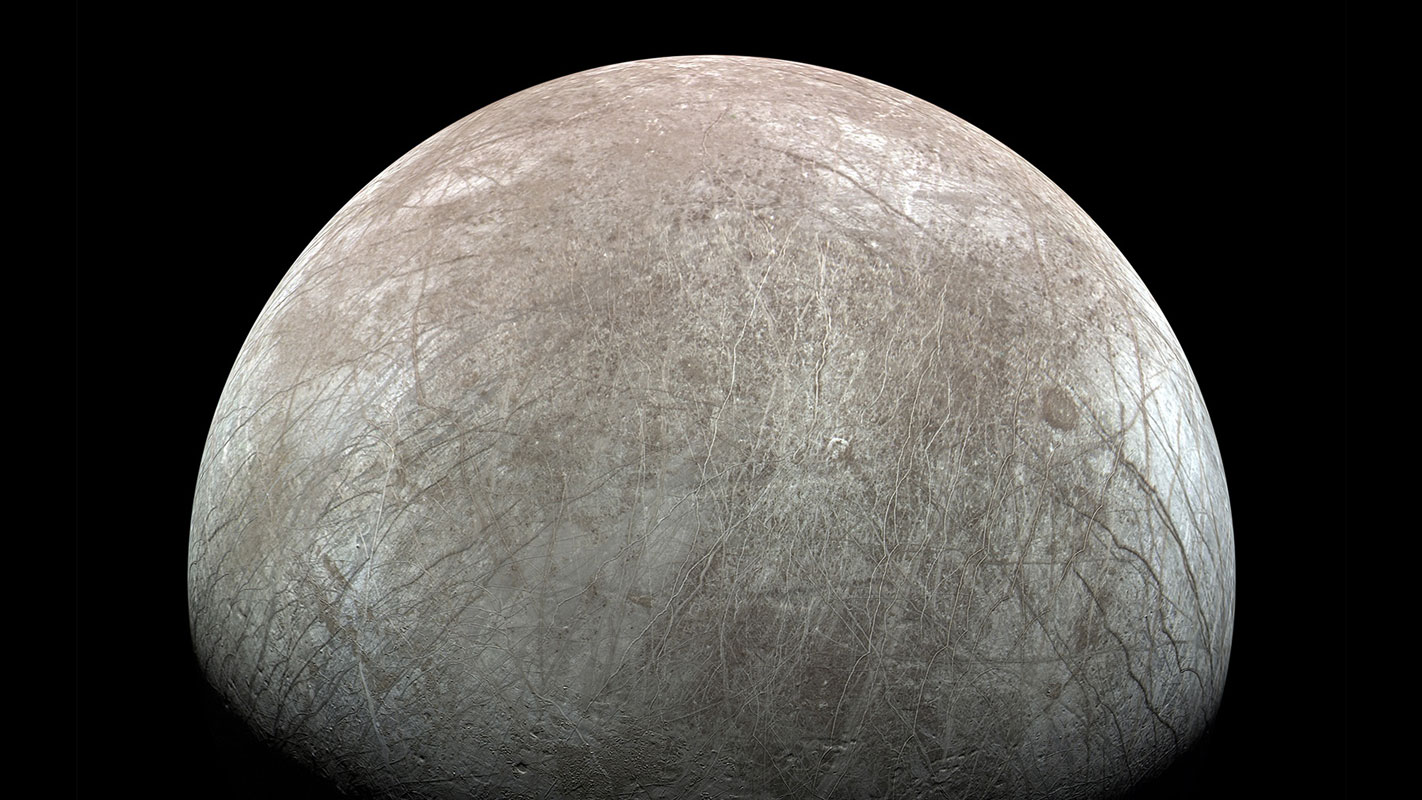
JWST Discovers Icy Eyeball-Like Exoplanet, Possibly Harboring a Concealed Liquid Ocean

# LHS 1140 b: An Earth-like Exoplanet with Habitability Potential
Since being identified in 2017, **LHS 1140 b** has captivated both astronomers and planetary scientists. Originally assumed to be a gas giant akin to Neptune, new findings from the **James Webb Space Telescope (JWST)** suggest that this exoplanet might actually resemble Earth more than initially thought. Orbiting a red dwarf star located 48 light-years away in the constellation Cetus, LHS 1140 b is currently viewed as one of the most promising candidates in the quest for habitable planets beyond our Solar System.
### A Fresh Perspective on LHS 1140 b
With observational data acquired by JWST in December 2023, scientists are now considering the possibility that LHS 1140 b might be either an **ice-covered planet** similar to Europa, one of Jupiter’s moons, or a rocky world that features a liquid ocean and a nitrogen-rich atmosphere. The planet resides within the **habitable zone** of its star, indicating it orbits at a distance conducive to the presence of liquid water on its surface—an essential component for life as we understand it.
Approximately **1.7 times the size of Earth**, LHS 1140 b was examined by JWST’s **Near-Infrared Imager and Slitless Spectrograph (NIRISS)**, which provided essential insights while the planet transited its red dwarf star. These transits, in which the planet obscured its host star from our viewpoint, enabled the telescope to accurately collect data on the planet’s atmosphere and its composition.
A group of researchers, led by **Charles Cadieux**, a Ph.D. student at the Université de Montréal, scrutinized this data, concluding that LHS 1140 b is likely a rocky planet, dismissing the previous theory of it being a Neptune-like gas giant. Their findings, published in *The Astrophysical Journal Letters*, propose that the planet may have a nitrogen-rich atmosphere—potentially a **secondary atmosphere** that formed after its original was eroded by stellar activity.
### Investigating Water Presence
Perhaps one of the most thrilling insights from the JWST findings is the indication that **10% to 20% of LHS 1140 b’s mass could be water**. This suggests intriguing possibilities: extensive surface ice or potentially even **liquid water** present in specific regions of the planet. Due to its likely **synchronous rotation** (similar to Earth’s Moon, which always shows one face to Earth), one side of LHS 1140 b could be permanently frozen, while the hemisphere facing its star might contain a life-supporting ocean.
Cadieux and his team are fascinated by the implications for the planet’s habitability. “Among the currently identified temperate exoplanets, **LHS 1140 b** might be our strongest candidate to eventually provide indirect evidence of liquid water existing on the surface of an extraterrestrial world outside our Solar System,” states Cadieux. This discovery could hold considerable importance not only for planetary science but also for the broader question of humanity’s place in the universe—are we truly alone?
### Implications of a Secondary Atmosphere
The potential identification of a **secondary atmosphere** introduces an additional factor regarding LHS 1140 b’s capacity to be a **habitable world**. Following the exoplanet’s initial formation, its host star likely eroded its primary atmosphere, which may have consisted of hydrogen and helium. However, if LHS 1140 b developed a secondary, nitrogen-rich atmosphere, it suggests that the planet may have experienced processes such as volcanic outgassing or other geological activities that regenerated and thickened its atmosphere. Such an atmosphere would be more favorable for life than a thin, hydrogen-rich one.
Remarkably, if confirmed, this would represent the first discovery of a temperate exoplanet with a secondary atmosphere—a significant achievement in the field of planetary evolution studies beyond our Solar System.
### LHS 1140 b: An Icy Planet or a Water World?
Despite its encouraging features, LHS 1140 b presents challenges in classification. Based on its density and the water content detected, scientists have outlined two potential scenarios concerning the planet’s structure:
1. **An Ice-Covered World:** In this scenario, LHS 1140 b could be entirely encased in ice, reminiscent of how Jupiter’s moon **Europa** is theorized to have a global ocean beneath a thick ice layer. Considering its orbital proximity to a red dwarf star, such an icy shell would necessitate a significantly thicker atmosphere to prevent water from sublimating into space—but if it could be sustained, it could turn the exoplanet into a frozen variant of a “super-Earth.”
2. **A Substantial Liquid Ocean:** The alternative scenario is even more captivating